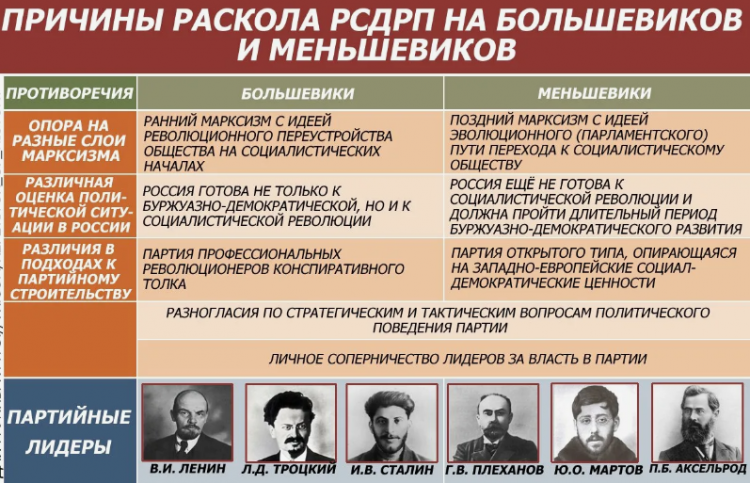
As a result of the investigation, a ruling by the revolutionary tribunal was issued, stating that...

One episode from the life of A. Sydykov is associated with his membership in the Left...

White Guard Armed Rebellion The strengthening of Soviet power deprived the bourgeoisie of any hope...

In the statement by X. Khasanov regarding the accused, it was written: "1. Citizen Abdulkarim...

Upon coming to power, Lenin did everything to dismantle the old bourgeois legal system as a relic...

The significant role of the Left Socialist-Revolutionaries in the fate of revolutionary Russia was...

Soon A. Sydykov resigned, as the Provisional Government disappointed the expectations of the...

FROM THE PROTOCOL OF THE MEETING OF THE PISHPEK DISTRICT SOVIET ON THE NATIONALIZATION OF THE...

Recognition of Soviet Power From February 11 to March 3, 1918, the founding congress of the...

NOTIFICATION FROM THE SEMIRECHYE REGIONAL FINANCIAL COLLEGE TO THE PISHPEK DISTRICT SOVIET ABOUT...

FROM THE MINUTES OF THE MEETING OF THE PISHPEK DISTRICT SOVIET OF WORKERS, PEASANTS, AND RED ARMY...

It is a common belief that the beginning of the split between the Bolsheviks and the Left...

Monuments to the heroes of the revolution. One of the successful plastic embodiments of the heroic...

The Kyrgyz in 1918 The unification of the city council in Pishpek and in other cities of the...

The Soviets became local authorities that primarily influenced representatives of the European...

Prose writer, playwright V. I. Parshkov was born on January 14, 1897, in the village of Marchuki...

Abdykerim Sydyk uulu, Sydykov (1889 -1938) - one of the first Kyrgyz scholars who wrote works on...

The Beginning of the Recognition of Soviet Power in Pishpek and the District In the summer,...

On November 12, 1917, elections in Semirechye for the Constituent Assembly were disrupted by armed...

FROM THE REPORT OF THE HEAD OF THE DEPARTMENT OF PUBLIC EDUCATION OF THE PISHPEK DISTRICT SOVIET...

FROM THE MINUTES OF THE MEETING OF THE PISHPEK UGORKOM OF RCP(b) ON THE ARRANGEMENT OF THE...
The Cabinet of Ministers has officially recognized the snow leopard (irbis) as the national symbol...

Explanation of A. Sydykov's Service in the Tsarist Administration The search for one's...

Conducting Land Reform The issue of land use became urgent. Based on the law on the socialization...

The Achievement of Greatness by A. Sydykov Thanks to the Soviet System The fate of A. Sydykov and...

“Fathers and Sons” Remembering what has been said, let us try to determine the scale of the...

Abdulhay Aldashev (1918), Doctor of Veterinary Sciences (1965), Professor (1966)...

Hospital Street in Logvinenko Old-timers surely remember that this street was originally named...

O. Tynaev's Resume Those who have delved into the history of the country during those years...
At the meeting of the Bishkek City Court regarding the events in Koi-Tash, a decision was made to...

City of Verny Years of Study in Verny At his father's insistence, from 1904 to 1911,...

The Alash Party and its leaders were accused of betraying the interests of their people in 1916,...

RESOLUTION OF THE COUNCIL OF PEOPLE'S COMMISSARS OF THE KYRGYZ SSR "ON THE ORGANIZATION...

The establishment of Soviet power and statehood in Kyrgyzstan began after the October Revolution...

RESOLUTION OF THE COUNCIL OF PEOPLE'S COMMISSARS OF THE KYRGYZ SSR AND THE CENTRAL COMMITTEE...

A. Bukeykhanov, M. Tynyshpayev, Zh. Seydalin, M. Dulatov, and others played a significant role in...
Nurlan Koichukeev, who served as the acting deputy chairman of the Central Election Commission,...

Khasanov Tuychi Khojaevich (1944), Doctor of Pedagogical Sciences (1993) Born in the city of...

Press service of the Ombudsman of the Kyrgyz Republic // On September 29, Ombudsman of the Kyrgyz...

Khasanov Anvarbek Khasanovich (1914-1984), Doctor of Historical Sciences (1962), Professor (1964),...

As of September 1, 2025, the permanent population of the Kyrgyz Republic reached 7 million 361...

FROM THE PROTOCOL OF THE MEETING OF THE EXECUTIVE BUREAU OF THE PISHPEK UGORREVKOM OF THE...

Master of Political Game Baitik, Uzbek, and Abdikerim were destined to become masters of the...